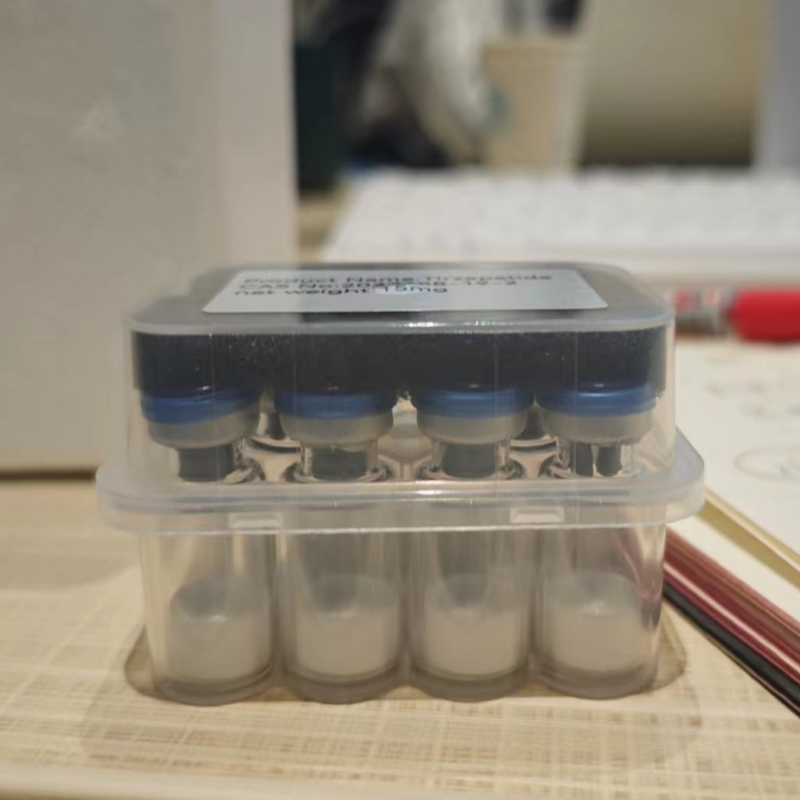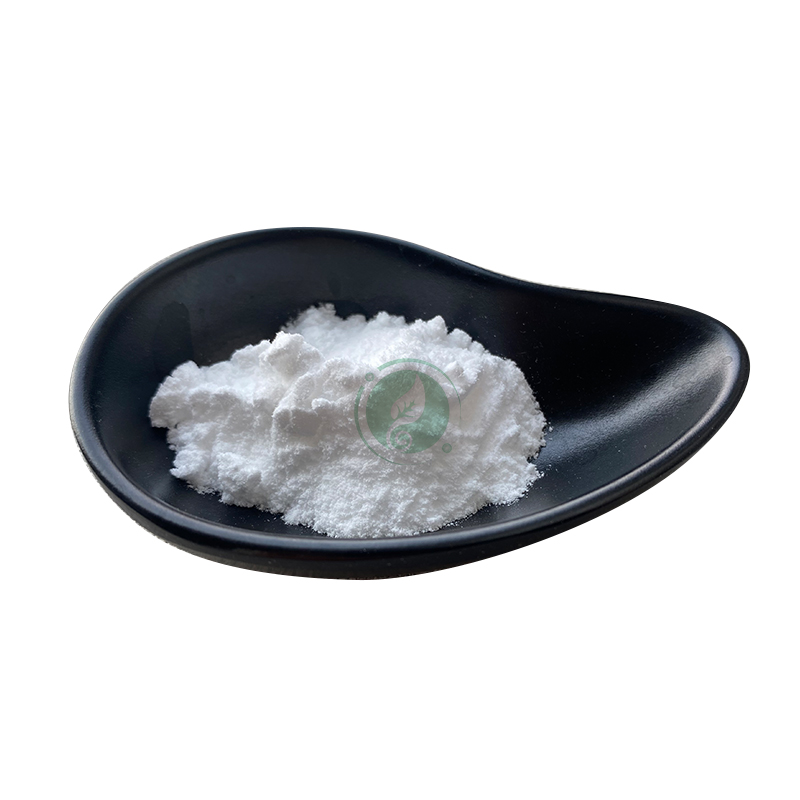New drug R & D strategy and R & D pipeline of domestic pharmaceutical enterprises are gradually clear
-
Last Update: 2014-10-18
-
Source: Internet
-
Author: User
Search more information of high quality chemicals, good prices and reliable suppliers, visit
www.echemi.com
It is a general trend that the competition of generic drugs is becoming more and more intense from generic drugs to innovative drugs What's more, with the expiration of patent concentration, there will be no generic drugs In addition, the peak of patent expiration of generic drugs is about to pass, and only more than 30 drug patents expire every year after 2016 Therefore, the strategic choice of domestic pharmaceutical enterprises is to upgrade from generic drugs to innovative drugs and win the pricing advantage under the condition that the income and profit are guaranteed through generic drugs Domestic new drug R & D and innovation capabilities have been gradually improved in terms of talents and resource support Overseas senior talents have returned to China to participate in domestic new drug R & D successively, with rich clinical resources and cheap R & D strength in China Cro enterprises have also established a mature innovation platform through the return of overseas innovative talents With the development of new drug research and development environment, independent new drugs have been listed, including apatinib of Hengrui, exetinib of Zhejiang Beida, and xidaban of Shenzhen microchip Some products are also ready to enter the international market and carry out clinical development abroad, including riegliptin entering the U.S clinic in 2009 and vogeline entering the U.S clinic in 2014 And with the improvement of China's new drug R & D capability, it has attracted the attention and cooperation of large international pharmaceutical companies, bringing huge economic returns In 2009, Hutchison Whampoa signed drug R & D cooperation agreements with AstraZeneca, Johnson & Johnson and Nestle respectively, and in 2013, Baiji Shenzhou cooperated with Merck xuelanuo, which fully demonstrated that the R & D capacity of Chinese pharmaceutical enterprises began to be recognized by multinational pharmaceutical enterprises The policy environment of new drug R & D in China still needs to be improved At present, there are many problems, such as regulatory delay and long review cycle Policy support is still needed to encourage new drug research and development: 1) there should be a set of regulations and review mechanisms to encourage and support innovative drug research and development, including review ideas and innovative thinking of reviewers, which should be in line with international standards 2) There should be a national payment system to encourage and promote innovative drug research and development Among the top 15 pharmaceutical companies in the world, 25% of the original research prescription drug revenue comes from the single product with the highest sales Take Teva as an example, the revenue of its single product kepasone accounted for 78.6% of Teva's innovative drug line revenue in 2013 The experience of multinational pharmaceutical companies shows that through innovative drug varieties, a good cycle of "innovative drug research - new drugs with intellectual property rights - creating unique market value - huge investment in innovative drug research and development - new pharmaceutical products with intellectual property rights" can be formed The me-too R & D model faces challenges In short, the selection of R & D model mainly includes me too (me better) and first in class At this stage, domestic pharmaceutical enterprises still focus on me-too R & D mode Me too (me better) new drug model: in essence, it is a new drug research and development model commonly adopted by Chinese enterprises, which obtains patents by structural modification of compounds with verified target activity and becomes exclusive new drugs through clinical development However, the me too model faces many challenges: 1) the competition of the first new drugs: under the influence of Matthew effect advantage of the first new drugs, it is difficult for me too (me better) to win the competition with the first new drugs If there is no obvious advantage, the first new drug will generally occupy 80% of the market share, the second 20%, and the third almost no chance 2) Competition with the generic drugs of the first new drugs: when the first new drugs are launched, there are about 8 years left for general patent protection After the patent expires, the generic drugs of the first new drugs are launched, and the market prospects of all new drugs of this target are greatly affected According to the research and development time of new drugs, it will take 3-5 years from target discovery to preclinical research stage, and 5-8 years from clinical research stage Therefore, it is possible to avoid generic competition of original drugs only when the research and development of me too new drugs is initiated before the initial drugs enter the conceptual verification 3) The research and development of new me too drugs is easier than the original drugs, but it is still a very time-consuming and hard work Therefore, the opportunities for me too new drugs come from: 1) time race: when me too new drugs are launched, there are no more than three drugs with the same target on the market, and the time of listing is more than five years earlier than that of the first innovative generic drugs The rapid follow-up ability comes from the basic platform for drug research and development: first, there is a compound library, and lead compounds are obtained as the basis for modification In addition, the basis of the biological platform needs to be improved, and it is the first to lock a new target that can be used as a drug At present, most enterprises in China are weak and cannot compete with international pharmaceutical companies 2) There are obvious clinical advantages: for example, Geely's anti hepatitis C drug sofosbuvir has a pure oral cure rate of nearly 100%, with obvious clinical advantages; sair gene's albumin combined with paclitaxel has a significant super long-term advantage, which is injected every three weeks, and the sales peak is expected to reach 2 billion US dollars First-in-class (first new drug) has a considerable challenge at this stage Fire in class is the future development direction of domestic pharmaceutical enterprises, but at this stage, due to the lack of research and development, there are considerable challenges Feature 1: there is no experience and knowledge for reference; it is supported by a large number of major basic scientific research results From foundation to application: elucidation of new etiology mechanism; confirmation of drug target; establishment of screening model Feature 2: Based on the unique advantages of resources (talent and capital investment), a screening model was established to discover new structure of lead compounds and new drugs Feature 3: compared with me too me better new drugs, the follow-up in-depth research and market cultivation are more important At present, a better strategy for Chinese enterprises is to enter into the less competitive fields, whether to do me too / me better new drugs or first in class new drugs The better strategy for Chinese enterprises is to enter into the less competitive fields, find new fields, find new opportunities, and reduce competition, which is the new drug competition strategy for Chinese companies The main directions are to launch new drug projects according to the characteristics of the Chinese market, such as the liver disease market; large treatment areas are becoming more and more mature, and there is also an opportunity to enter the field of rare diseases Three main R & D models: focus, multi-channel, cro intervention in recent years, the proportion of new drugs listed by small companies has gradually increased and surpassed that of large companies, becoming the main force of new drug R & D, and small companies may have higher R & D efficiency Subsequently, the R & D strategies of large pharmaceutical enterprises are also changing, paying more attention to multi-channel access to new drug projects The main R & D strategies include: 1) independent innovation: traditional business strategy of R & D market integration; 2) acquisitive Innovation: research tasks are entrusted to specialized drug R & D companies; 3) merger Innovation: whichever R & D company has good products, it will purchase its personnel, technology and product diseases; 4) Virtual Innovation: VC + IP + cro There are also three modes in China: large companies, innovative small companies and cro investment in new drug R & D, which have the advantages of R & D basis and sales platform Among them, the big companies with platform advantages include Hengrui, Sihuan, LVYE, hisic, Fudan Zhangjiang, etc Innovative small companies include Beida (ektini), OSA (Yiye), microchip (xidaban), Baiji Shenzhou, Sinopharm, Henley pharmaceutical, etc Cro's investment in new drug research and development includes Sino American Guanke, Cinda biology, tiger medicine, etc.
This article is an English version of an article which is originally in the Chinese language on echemi.com and is provided for information purposes only.
This website makes no representation or warranty of any kind, either expressed or implied, as to the accuracy, completeness ownership or reliability of
the article or any translations thereof. If you have any concerns or complaints relating to the article, please send an email, providing a detailed
description of the concern or complaint, to
service@echemi.com. A staff member will contact you within 5 working days. Once verified, infringing content
will be removed immediately.







